Helion & Company Limited
Unit 8 Amherst Business Centre
Budbrooke Road
Warwick
CV34 5WE
England
Tel. 01926 499 619
Fax 0121 711 4075
Email:
Website: www.helion.co.uk
Twitter: @helionbooks
Visit our blog http://blog.helion.co.uk/
Published by Helion & Company 2018
Designed and typeset by Mach 3 Solutions Ltd ( www.mach3solutions.co.uk )
Cover designed by Paul Hewitt, Battlefield Design ( www.battlefield-design.co.uk )
Text Kimberly Brice ODonnell 2018
Illustrations as individually credited
Front cover image: Mine detection dog and handler of No. 1 Dog Platoon in France, July 1944 Imperial War Museum (B 6499) Rear cover image: Rob, a patrol dog attached to the SAS, receives his Dickin Medal. (PDSA)
Every reasonable effort has been made to trace copyright holders and to obtain their permission for the use of copyright material. The author and publisher apologize for any errors or omissions in this work, and would be grateful if notified of any corrections that should be incorporated in future reprints or editions of this book.
ISBN 978-1-912390-68-7
eISBN 978-1-913118-33-4
Mobi ISBN 978-1-913118-33-4
British Library Cataloguing-in-Publication Data.
A catalogue record for this book is available from the British Library.
All rights reserved. No part of this publication may be reproduced, stored in a retrieval system, or transmitted, in any form, or by any means, electronic, mechanical, photocopying, recording or otherwise, without the express written consent of Helion & Company Limited.
For details of other military history titles published by Helion & Company Limited contact the above address, or visit our website: http://www.helion.co.uk .
We always welcome receiving book proposals from prospective authors.
List of Illustrations
E.H. Richardson with ambulance dogs, c. 1915. (Library of Congress, LC-B2-3487-3)
Central Kennel, Messenger Dog Service in France. ( Imperial War Museum (Q 7345))
A British messenger dog is equipped with a message in France, August 1918. ( Imperial War Museum (Q 9276))
A British messenger dog relays a message in France. (The National Library of Scotland (N.411))
A British messenger dog recovers from exposure to poison gas in France. (The National Library of Scotland (N.405))
The United States Quartermaster Corps War Dog Reception and Training Center in Front Royal, Virginia, August 1942. (National Archives and Record Administration (111-SC-140929))
RAVC personnel attend to a mine detection dog in France, July 1944. ( Imperial War Museum (B 6496))
Trained Alsatians at RAF Brize Norton. ( Imperial War Museum (CH 10287))
A military police dog in training in North Africa, August 1942. ( Imperial War Museum (E 15659))
A military police dog with his handler in Algeria, April 1944. ( Imperial War Museum (NA 13611))
Bob, a messenger and patrol dog attached to the Queens Own Royal West Kent Regiment, with his handler. (PDSA)
A patrol dog employed by the Queens Own Royal West Kent Regiment in North Africa, December 1942. ( Imperial War Museum (NA 289))
An Alsatian employed by 13th Parachute Battalion, 1945. (Airborne Assault Museum, Duxford)
Dogs attached to 13th Parachute Battalion, May 1945. (Airborne Assault Museum, Duxford)
Glen of 9th Parachute Battalion with his handler, 1944. (Airborne Assault Museum, Duxford)
A Labrador employed by No. 1 Dog Platoon on operations in France, July 1944. ( Imperial War Museum (B 6501))
Mine detection dogs and handlers employed by No. 1 Dog Platoon in France, July 1944. ( Imperial War Museum (B 6506))
A mine detection dog and men equipped with a prodder and electronic detector search Carpiquet Airfield in France, July 1944. ( Imperial War Museum (CH 20417))
Rip, an untrained rescue dog utilised by the ARP in East London. (PDSA) Beauty, an untrained rescue dog utilised by the PDSA Animal Rescue Squad in London. (PDSA)
Beauty at the scene of an air raid. (PDSA)
A rescue dog employed by the London Civil Defence Region at the scene of a V1 attack, January 1945. ( Imperial War Museum (PL 6445F))
An incident in Stepney attended by rescue dogs, March 1945. ( Imperial War Museum (HU 88803))
Judy, a Royal Navy mascot and Dickin Medal recipient. (PDSA)
Animals in War Memorial in London, 2011. (Author)
Brian, a patrol dog employed by 13th Parachute Battalion, is presented with the Dickin Medal, 1947. (Airborne Assault Museum, Duxford)
Rob, a patrol dog attached to the SAS, receives his Dickin Medal. (PDSA)
A detection dog employed by the Queens Lancashire Regiment in Northern Ireland, 1977. Crown Copyright. IWM (MH 30551))
A tracker dog with the South Wales Borderers in Malaya. ( Imperial War Museum (D 88456))


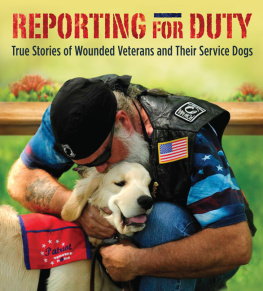
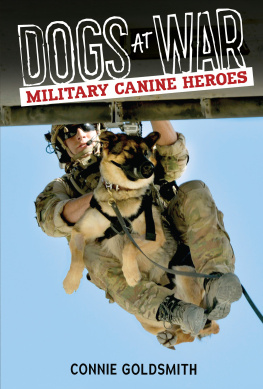
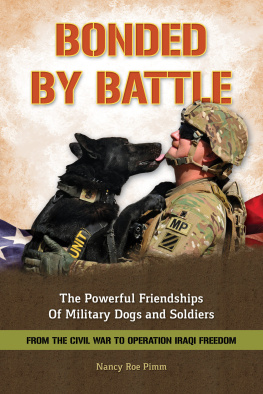




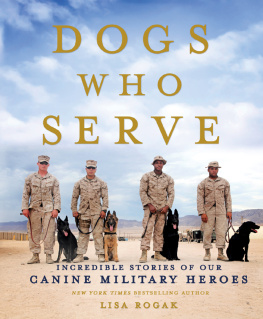
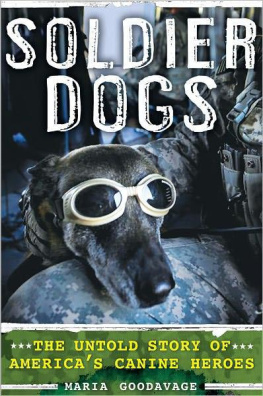
 Helion & Company
Helion & Company